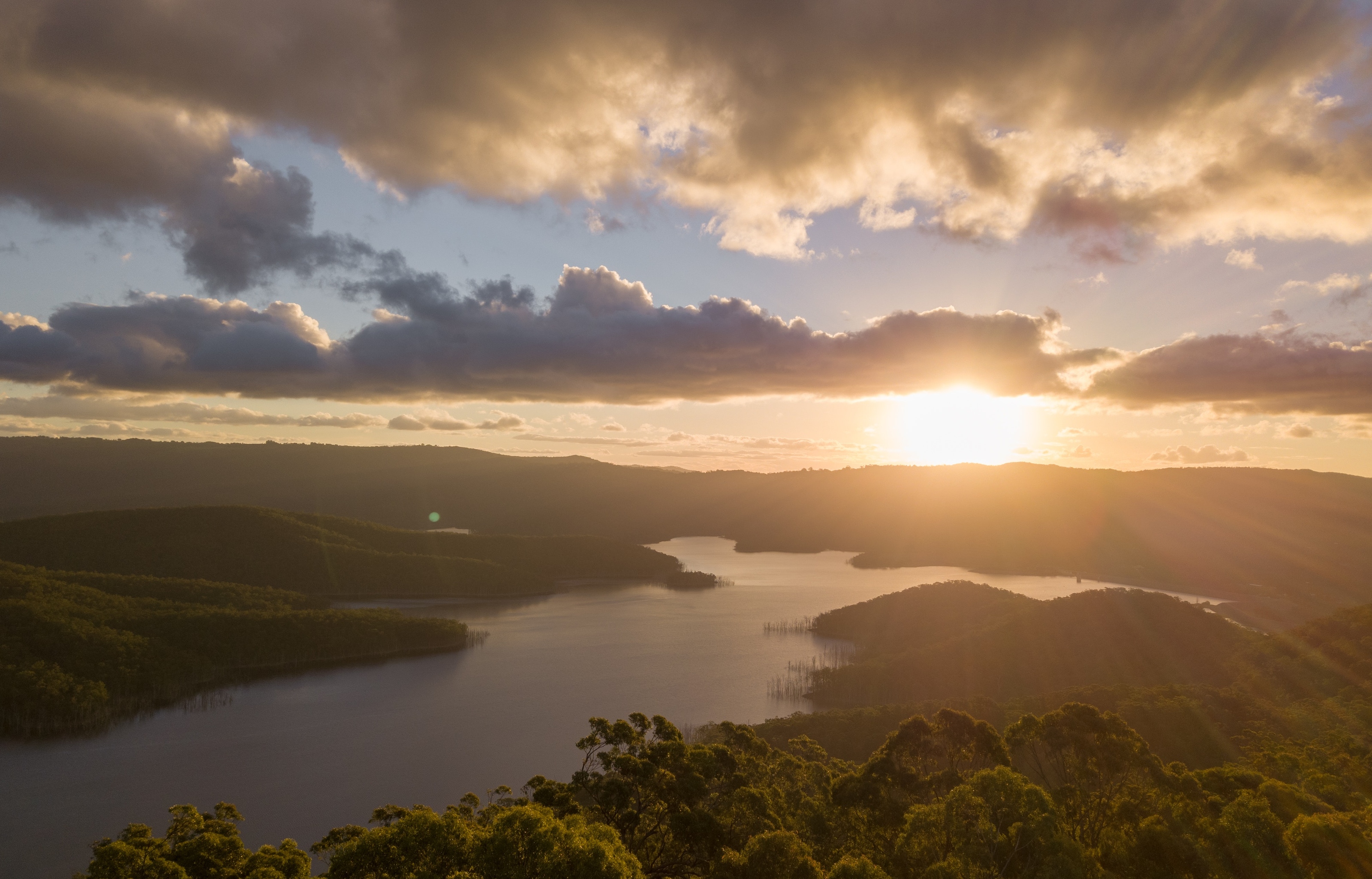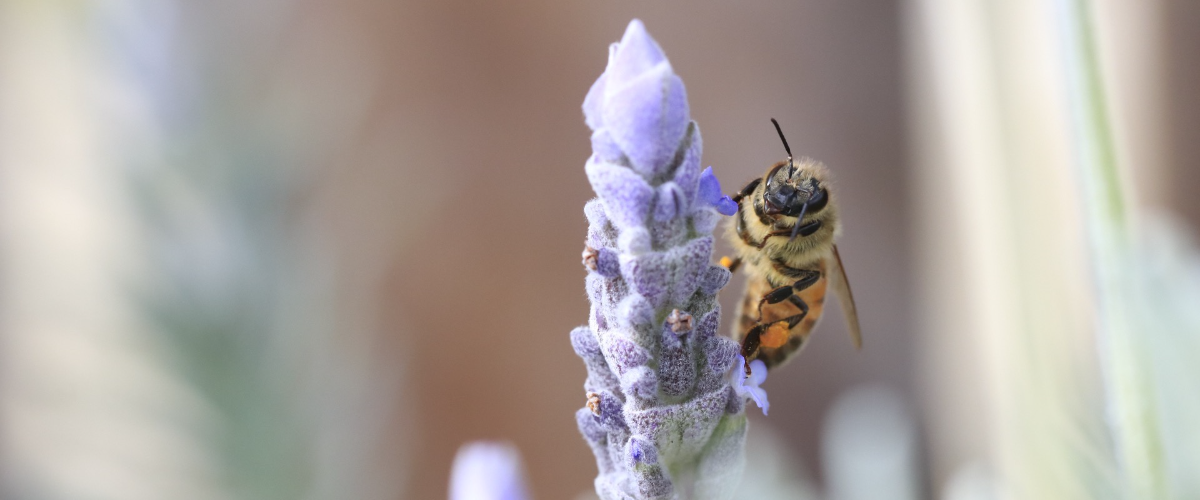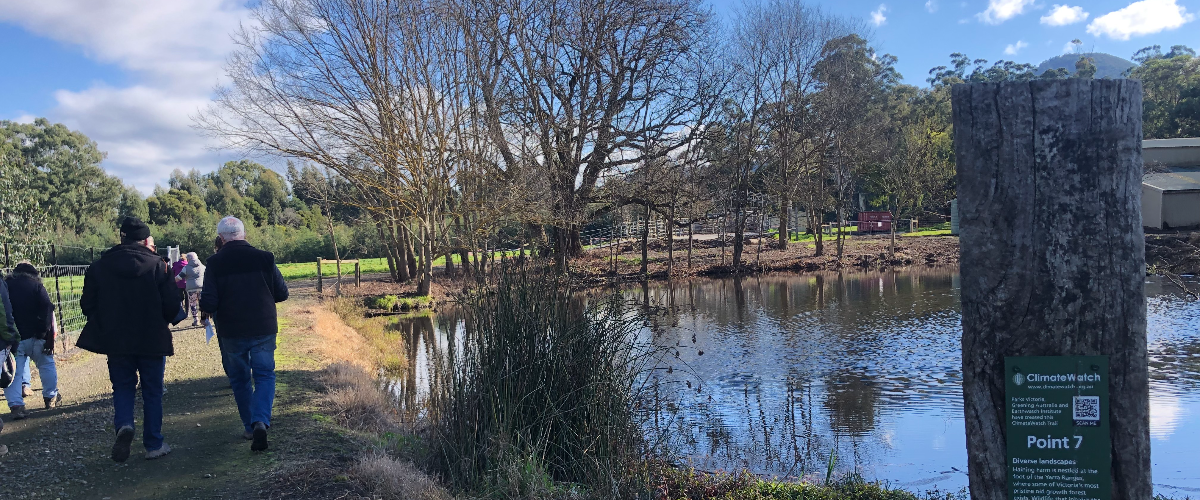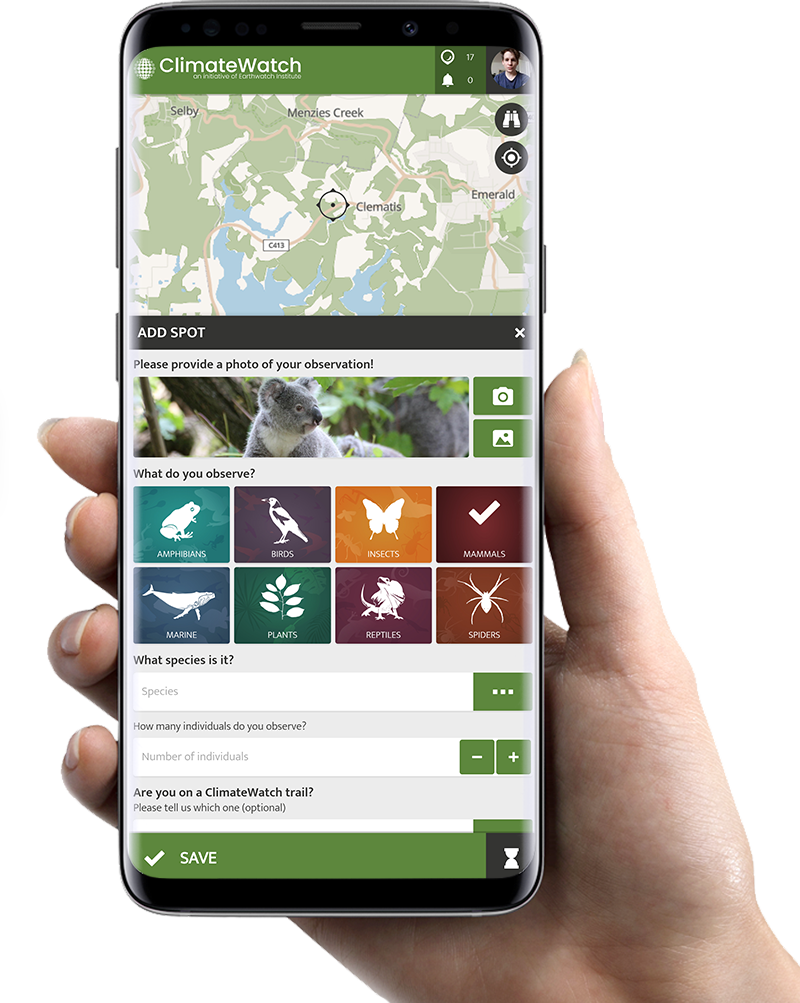Namambe (Polynesian Chestnut)
Did you know?
- Namambe are legumes that grow into trees.
- Namambe can live to 90 years of age.
- The flowers are pollinated by bees and bats and the seeds are spread by fruit bats.
- Fallen fruit and seeds are a food source for some freshwater fish and prawns and can be used in fish farming.
- This plants is used in traditional medicine to treat stomach pains, burns, pneumonia and other things.
Inocarpus fagifer
The Namambe tree is believed to be indigenous to Vanuatu. It is an evergreen tree with a large dense canopy and short, thick, irregular buttresses. The tree grows to around 20 m in height. The flowers are fragrant and white to pale yellow. They are pollinated by bees and bats, fruit bats also spreading the seeds. Fallen fruit and seeds can be used in fish farming as food for freshwater fish and prawns. Four types of Namambe are found in Vanuatu and can be distinguished by the fruit shape and colour.
Leaves
Namambe leaves are oblong in shape and are dark green and leathery. They are 160 to 390 mm long and 70 to 130 mm wide. The leaf veins are opposite and yellow.
Flowers
Flowers of Namambe are white to cream or pale yellow. They are fragrant and form a cluster at the ends of branches and twigs. The flowers are around 1 cm long with five petals.
Fruit/Seeds
The fruit is egg shaped but irregular. It occurs either as single fruit or in clusters. The fruits are 45 to 130 mm long and 35 to 120 mm wide. Young fruit are green and ripen to orange-brown, though in some types the fruit remains green when ripe. The seeds are large and encased within the fruit. In Vanuatu, four morphotypes are distinguished by fruit shape and colour.
- First fully open flower
- Less than half the tree is in full flower
- More than half the tree is in full flower
- All of the tree is in full flower
- No flowering
- Less than half the tree has fruit
- More than half the tree has fruit
- All of the tree has fruit
- No fruit
- Green fruit present
- Ripened fruit present
When to Look
- Year round
- Nakavika flowers seasonally, mostly in November to January.
- Fruiting occurs mainly from December to February.
- Fruit reach maturity between January and April.
Where to Look
- This tree is mostly found in hot, humid, tropical lowlands (under 500 m in elevation).
- It prefers to grow in regions with annual rainfall between 1500 to 4300 mm, with summer or uniform rainfall patterns and a small or no dry season.
- It is commonly found along shorelines and rivers.
- It is more abundant in southern areas of Vanuatu than in the north.
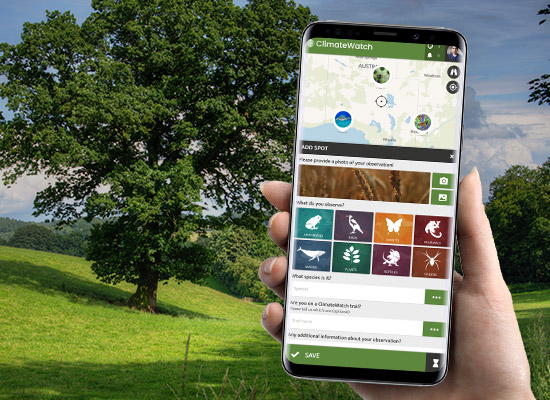
App Download
Register
Start!
Download the App on your smartphone now or open the map in your browser:
Latest Contributions

